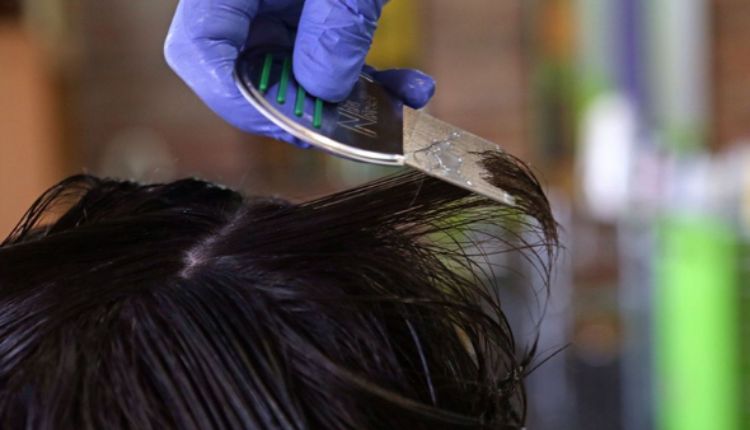Discover the cutting-edge science behind porcelain veneers, the go-to solution for a dazzling smile makeover at your local dental office in Orleans. Porcelain veneers have revolutionized cosmetic dentistry, offering a durable and natural-looking solution for individuals seeking to enhance their smile. But have you ever wondered what makes these thin, ceramic layers so resilient and aesthetically pleasing? From the precise combination of feldspathic porcelain, leucite, and zirconia to the intricate manufacturing process, the science behind porcelain veneers is proof of innovative dental technology.
In this article, we’ll delve into the fascinating world of dental ceramics, exploring the materials, techniques, and principles that make porcelain veneers a staple in modern dentistry.
Understanding porcelain veneers
Porcelain veneers are thin, custom-made layers of ceramic material precisely crafted to adhere to the front of teeth, transforming their appearance and enhancing the overall smile. Typically ranging in thickness from 0.5 to 1.5 millimeters, these delicate shells are designed to mimic the natural translucency, texture, and color of tooth enamel. Composed of advanced dental ceramics, porcelain veneers are durable, stain-resistant, and aesthetically pleasing, offering a versatile solution for addressing various cosmetic concerns such as chips, cracks, gaps, discoloration, and misalignment.
Materials Science: The Building Blocks of Porcelain Veneers
Porcelain veneers are composed of advanced ceramic materials, carefully selected for their exceptional strength, durability, and optical properties. The primary components include:
- Feldspathic porcelain: A type of ceramic glass containing feldspar, quartz, and metal oxides, which provides strength, translucency, and color stability.
- Leucite: A potassium aluminum silicate mineral that enhances durability and resistance to thermal shock.
- Zirconia: A robust ceramic material used for framework construction, ensuring veneer stability and longevity.
Manufacturing Process: From Design to Reality
The creation of porcelain veneers involves a harmonious blend of art and science. Here’s an overview of the step-by-step process:
- Digital smile design: Advanced software generates a 3D model of the patient’s smile, allowing dentists to plan and visualize the desired outcome.
- Impression taking: Accurate impressions of the patient’s teeth are captured using intraoral scanners or traditional impression materials.
- Model fabrication: A precise replica of the patient’s mouth is created, serving as a foundation for veneer fabrication.
- Veneer design: Skilled technicians design the veneers using computer-aided design (CAD) software, considering factors like tooth shape, color, and texture.
- Ceramic layering: Thin layers of porcelain are carefully applied, built up, and shaped to achieve the desired morphology.
- Firing and sintering: The veneers are fired at high temperatures (around 1000°C) to achieve optimal strength and durability.
- Finishing touches: The veneers are polished and glazed to create a natural, lustrous appearance.
Principles of Durability: Why Porcelain Veneers Last
Porcelain veneers owe their remarkable longevity to several key factors:
- Bonding mechanism: A strong, micromechanical bond forms between the veneer and tooth surface, ensuring a durable attachment.
- Material properties: The combination of feldspathic porcelain, leucite, and zirconia provides exceptional strength, toughness, and resistance to wear.
- Cementation techniques: Advanced cementation methods, such as resin bonding, enhance the veneer-tooth interface.
- Oral environment: The ceramic material’s chemical inertness and resistance to acid erosion minimize degradation.
Clinical Considerations: Ensuring Optimal Results
To guarantee the success of porcelain veneers, dentists must consider:
- Tooth preparation: Careful preparation of the tooth surface to ensure a stable bond.
- Veneer thickness: Optimal thickness (typically 0.5-1.5 mm) to balance aesthetics and durability.
- Cementation: Proper cementation techniques to prevent microleakage and ensure longevity.
- Patient factors: Oral hygiene habits, dietary choices, and parafunctional habits (e.g., teeth grinding) can impact veneer durability.
Porcelain veneers represent a remarkable achievement in dental materials science, combining artistry and technical precision to create natural-looking, long-lasting smiles. By understanding the science behind these ceramic wonders, dentists and patients can appreciate the intricate process involved in crafting exceptional, durable veneers.












